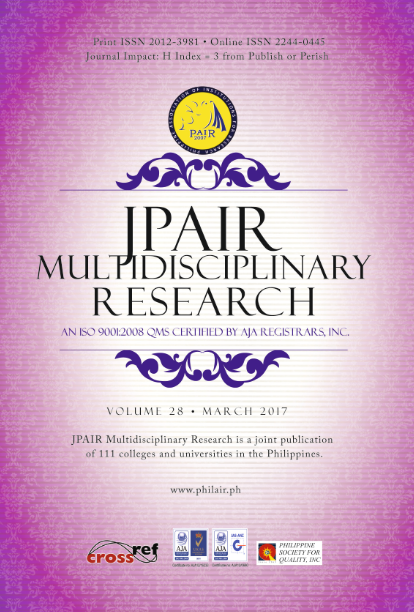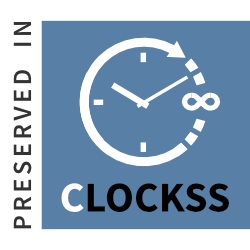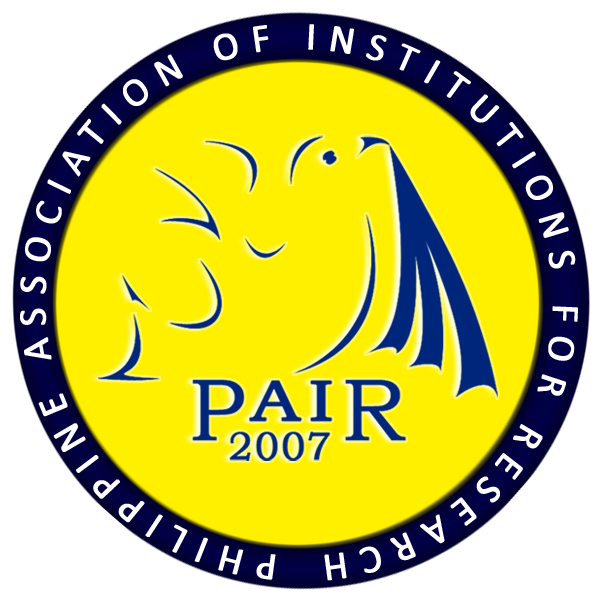People Management Practices and Organizational - Success Indicators of Family-Owned Higher Education Institutions (FHEIs) in the Second District of Laguna: Basis for Model Development
DOI:
https://doi.org/10.7719/jpair.v28i1.505Keywords:
People management, family-owned higher education institutions, organizational success indicators, job satisfaction, work commitment, issues and challenges, PhilippinesAbstract
Family-owned higher education institutions (FHEIs) strive to attract and retain well- equipped and engaged employees. This undertaking was conducted to explore the FHEIs people management practices and organizational-success indicators. To design the people management model, the study assessed the people management practices, job satisfaction, and the work commitment of teaching and non-teaching staff. The study used the combined quantitative and qualitative approaches. The use of questionnaires and interview was systematically combined to generate data needed. The study revealed that the people management practices as assessed by the department heads and teaching and non-teaching staff were moderately effective. There were numerous issues and challenges identified, and the actions taken were also presented. The teaching and non-teaching staff were satisfied with their job and moderately committed to their work. The FHEIs HR professionals should start taking a strategic role to help FHEIs respond effectively to the challenges and issues of contemporary educational institution.
Downloads
References
Alfes, K., Delbridge R., Shantz, A., Soane E., & Truss, C. (2013). Employee engagement, organisational performance and individual well-being: exploring the evidence, developing the theory, The International Journal of Human Resource Management , Vol. 24- Issue 14. http://dx.doi.org/10.1080/09585192.2013.798921
Downloads
Published
Issue
Section
License
Copyright (c) 2017 Maricris Glodo Unico

This work is licensed under a Creative Commons Attribution-NonCommercial 4.0 International License.
Open Access. This article published by JPAIR Multidisciplinary Research is licensed under a Creative Commons Attribution-Noncommercial 4.0 International (CC BY-NC 4.0). You are free to share (copy and redistribute the material in any medium or format) and adapt (remix, transform, and build upon the material). Under the following terms, you must give appropriate credit, provide a link to the license, and indicate if changes were made. You may do so in any reasonable manner, but not in any way that suggests the licensor endorses you or your use. You may not use the material for commercial purposes.




















